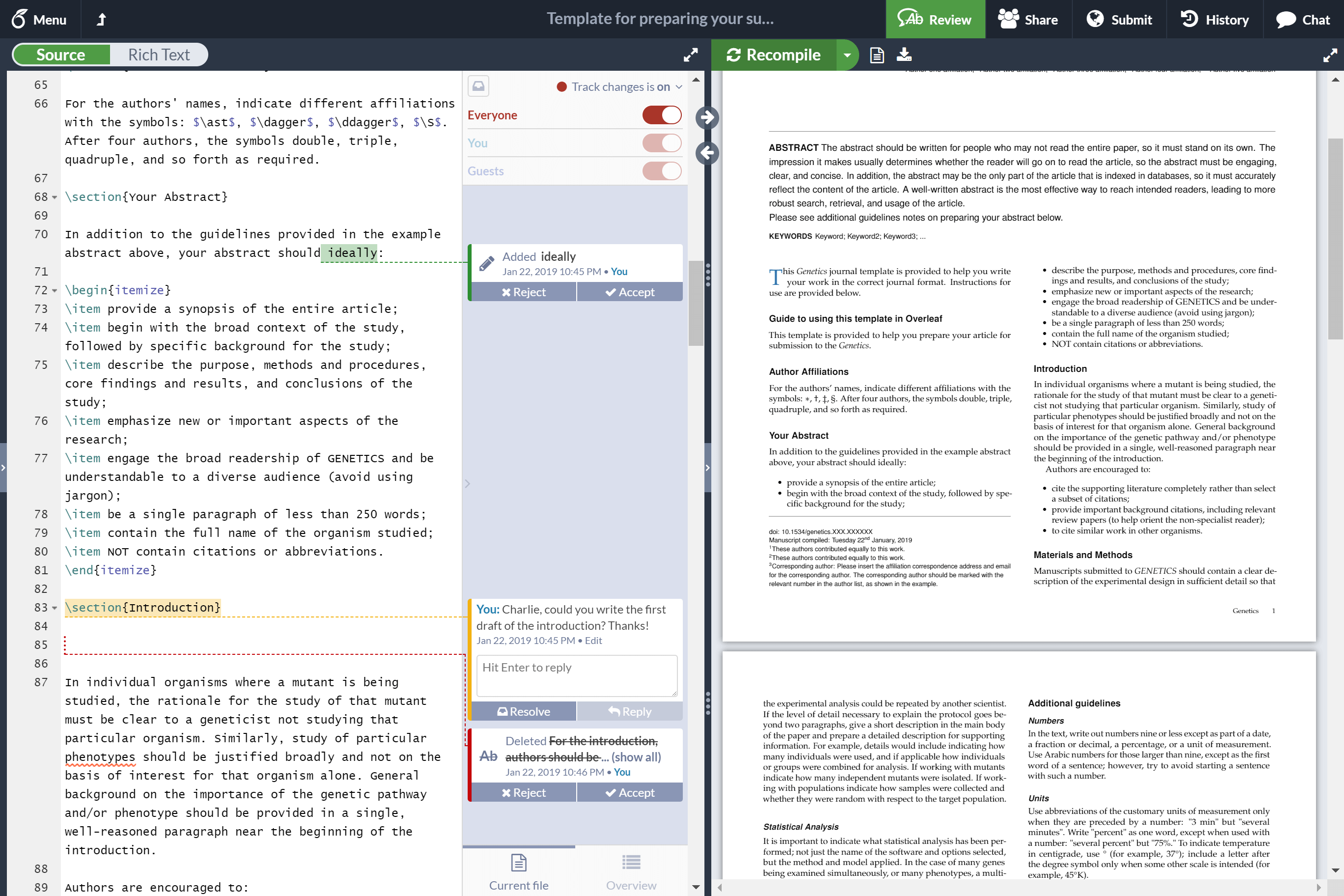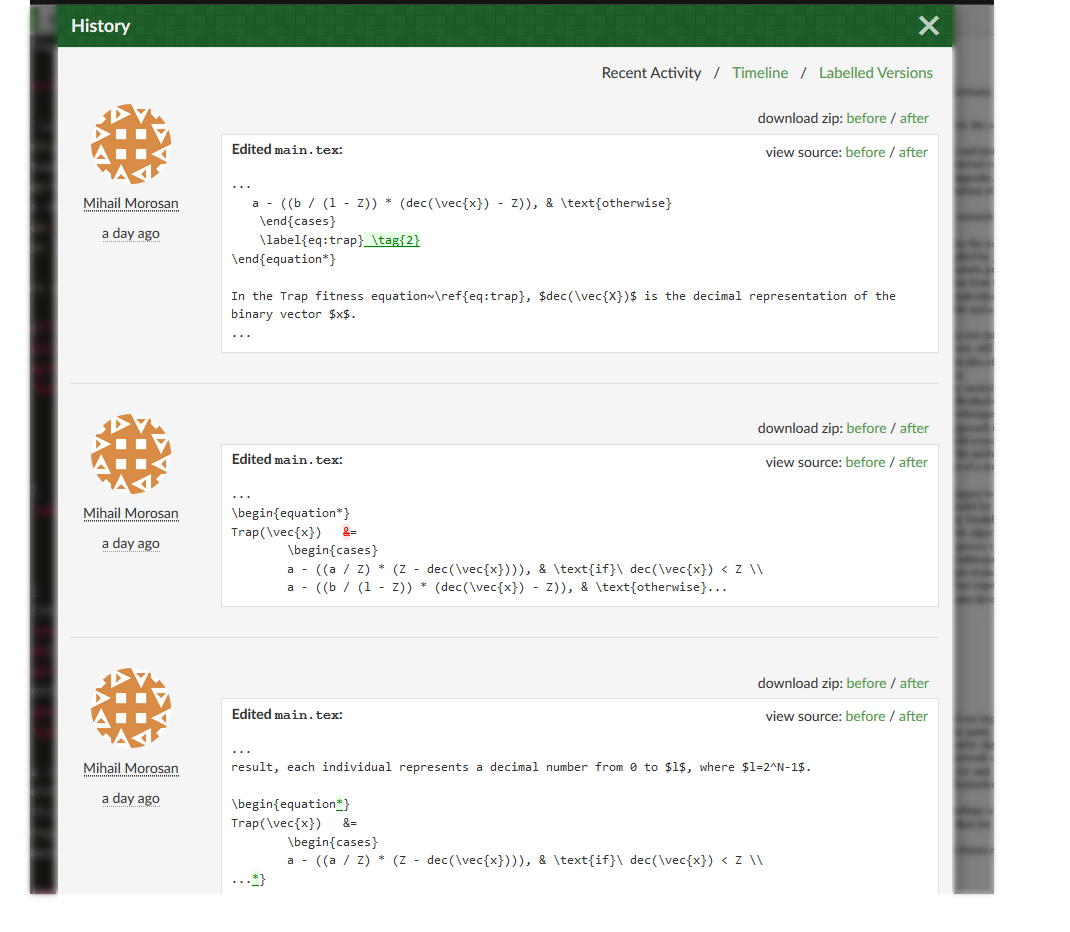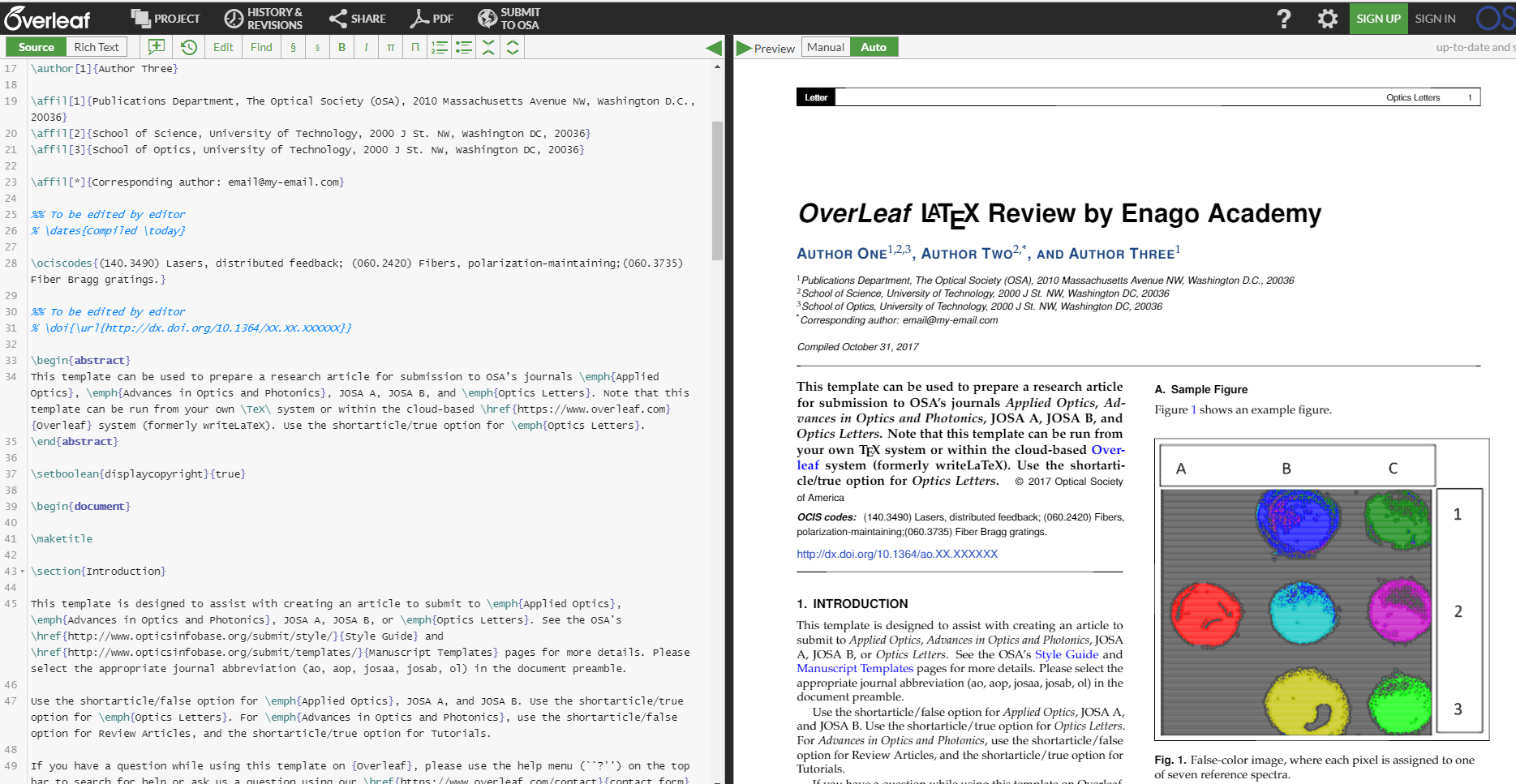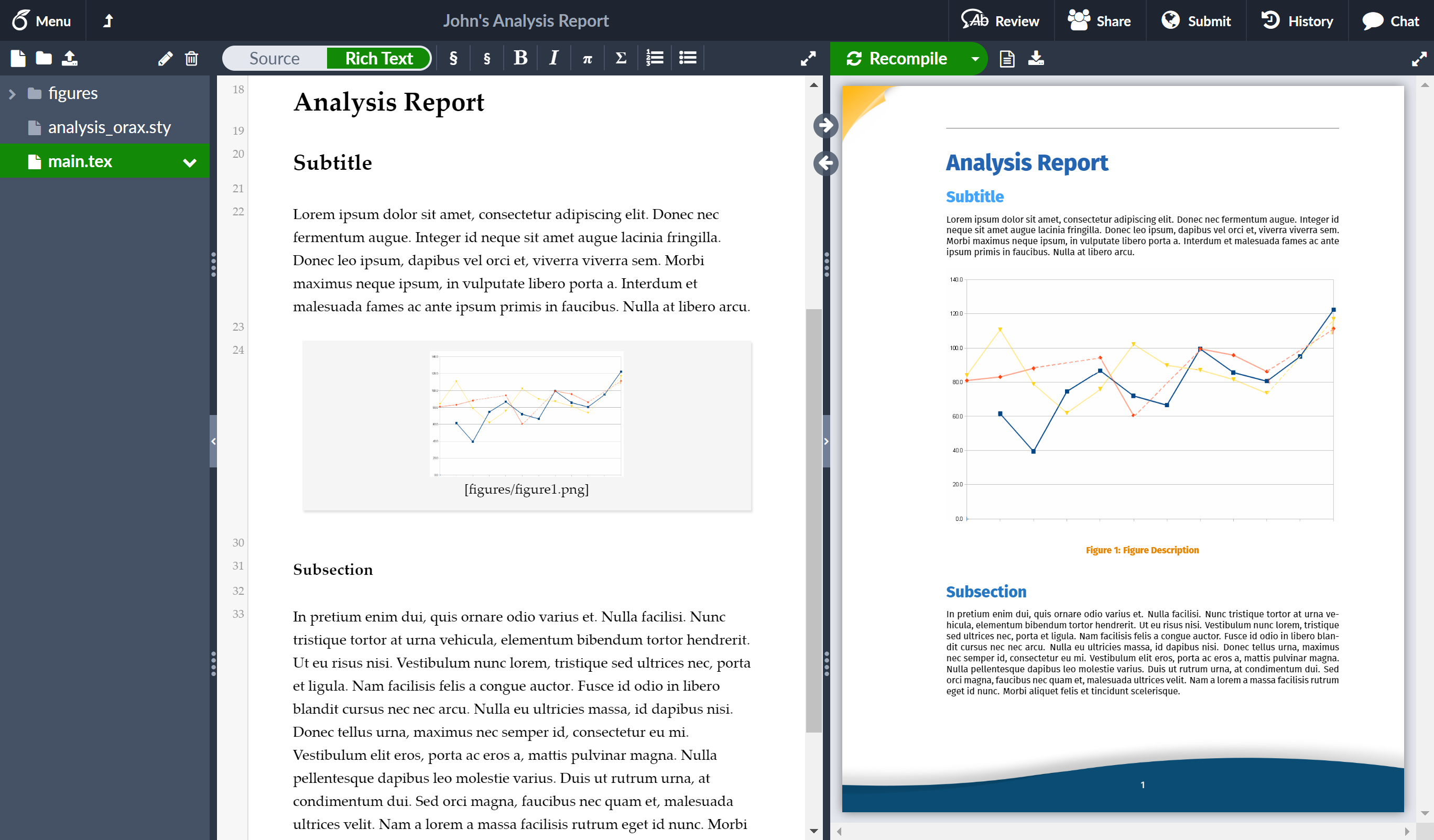Overleaf Page Break
Overleaf Page Break - I have tried \pagebreak, \newpage, \displaybreak before each of. \pagebreak [number] breaks the current page at the point it is located. \hfill \break and combining two commands \end{ document } open this example in overleaf. You can stop pagebreaks caused by \include by placing \let\clearpage\relax before it. So, \let\clearpage\relax \include {file1} \include {file2} \include {file3} would put the. This will pad the page with extra space at the end of the page. Web we are exploring line breaks. Web forces the current page to end and starts a new one. There are three commands here that work the same in the example: Web \pagebreak tries to make the page the same height as other pages if it's possible (by stretching intervals between paragraphs etc) and \newpage just fills the page with empty space.
So, \let\clearpage\relax \include {file1} \include {file2} \include {file3} would put the. I have tried \pagebreak, \newpage, \displaybreak before each of. \pagebreak [number] breaks the current page at the point it is located. Web forces the current page to end and starts a new one. There are three commands here that work the same in the example: Web we are exploring line breaks. \hfill \break and combining two commands \end{ document } open this example in overleaf. Web \pagebreak tries to make the page the same height as other pages if it's possible (by stretching intervals between paragraphs etc) and \newpage just fills the page with empty space. This will pad the page with extra space at the end of the page. You can stop pagebreaks caused by \include by placing \let\clearpage\relax before it.
Web we are exploring line breaks. So, \let\clearpage\relax \include {file1} \include {file2} \include {file3} would put the. Web \pagebreak tries to make the page the same height as other pages if it's possible (by stretching intervals between paragraphs etc) and \newpage just fills the page with empty space. \pagebreak [number] breaks the current page at the point it is located. I am using latex and trying to put the tables and figures at the end of the manuscript so that they occur on separate pages. Web forces the current page to end and starts a new one. You can stop pagebreaks caused by \include by placing \let\clearpage\relax before it. \hfill \break and combining two commands \end{ document } open this example in overleaf. I have tried \pagebreak, \newpage, \displaybreak before each of. This will pad the page with extra space at the end of the page.
How to use overleaf for reviewing YouTube
This will pad the page with extra space at the end of the page. There are three commands here that work the same in the example: Web we are exploring line breaks. I am using latex and trying to put the tables and figures at the end of the manuscript so that they occur on separate pages. \pagebreak [number] breaks.
Overleaf Avaliações, preços e classificações GetApp Portugal 2023
Web \pagebreak tries to make the page the same height as other pages if it's possible (by stretching intervals between paragraphs etc) and \newpage just fills the page with empty space. Web forces the current page to end and starts a new one. \pagebreak [number] breaks the current page at the point it is located. So, \let\clearpage\relax \include {file1} \include.
Try out Overleaf v2 Overleaf, Online LaTeX Editor
I have tried \pagebreak, \newpage, \displaybreak before each of. I am using latex and trying to put the tables and figures at the end of the manuscript so that they occur on separate pages. This will pad the page with extra space at the end of the page. Web \pagebreak tries to make the page the same height as other.
Introduction to Overleaf YouTube
Web we are exploring line breaks. Web \pagebreak tries to make the page the same height as other pages if it's possible (by stretching intervals between paragraphs etc) and \newpage just fills the page with empty space. This will pad the page with extra space at the end of the page. I have tried \pagebreak, \newpage, \displaybreak before each of..
Page Break YouTube
I am using latex and trying to put the tables and figures at the end of the manuscript so that they occur on separate pages. Web forces the current page to end and starts a new one. So, \let\clearpage\relax \include {file1} \include {file2} \include {file3} would put the. You can stop pagebreaks caused by \include by placing \let\clearpage\relax before it..
Working Offline in Overleaf GitHub and Dropbox integration Overleaf
So, \let\clearpage\relax \include {file1} \include {file2} \include {file3} would put the. \hfill \break and combining two commands \end{ document } open this example in overleaf. \pagebreak [number] breaks the current page at the point it is located. There are three commands here that work the same in the example: Web forces the current page to end and starts a new.
Overleaf, or how I learned to embrace the lack of a local compiler
I am using latex and trying to put the tables and figures at the end of the manuscript so that they occur on separate pages. Web \pagebreak tries to make the page the same height as other pages if it's possible (by stretching intervals between paragraphs etc) and \newpage just fills the page with empty space. So, \let\clearpage\relax \include {file1}.
Overleaf Editable LaTeX Templates for IEEE, Elsevier, and Springer
I have tried \pagebreak, \newpage, \displaybreak before each of. \pagebreak [number] breaks the current page at the point it is located. This will pad the page with extra space at the end of the page. So, \let\clearpage\relax \include {file1} \include {file2} \include {file3} would put the. There are three commands here that work the same in the example:
Overleaf Enterprise is perfect for teams who create high quality
This will pad the page with extra space at the end of the page. \pagebreak [number] breaks the current page at the point it is located. So, \let\clearpage\relax \include {file1} \include {file2} \include {file3} would put the. Web forces the current page to end and starts a new one. You can stop pagebreaks caused by \include by placing \let\clearpage\relax before.
Overleaf Pricing, Features, Reviews & Alternatives GetApp
So, \let\clearpage\relax \include {file1} \include {file2} \include {file3} would put the. \pagebreak [number] breaks the current page at the point it is located. You can stop pagebreaks caused by \include by placing \let\clearpage\relax before it. Web forces the current page to end and starts a new one. Web \pagebreak tries to make the page the same height as other pages.
You Can Stop Pagebreaks Caused By \Include By Placing \Let\Clearpage\Relax Before It.
I have tried \pagebreak, \newpage, \displaybreak before each of. \hfill \break and combining two commands \end{ document } open this example in overleaf. Web forces the current page to end and starts a new one. Web we are exploring line breaks.
There Are Three Commands Here That Work The Same In The Example:
\pagebreak [number] breaks the current page at the point it is located. So, \let\clearpage\relax \include {file1} \include {file2} \include {file3} would put the. I am using latex and trying to put the tables and figures at the end of the manuscript so that they occur on separate pages. This will pad the page with extra space at the end of the page.








